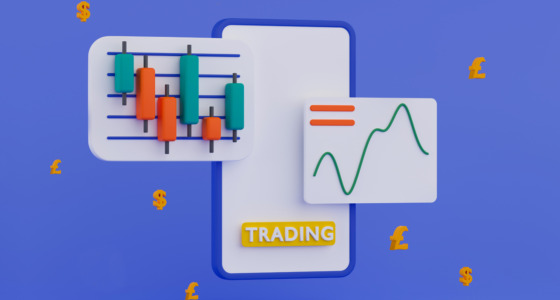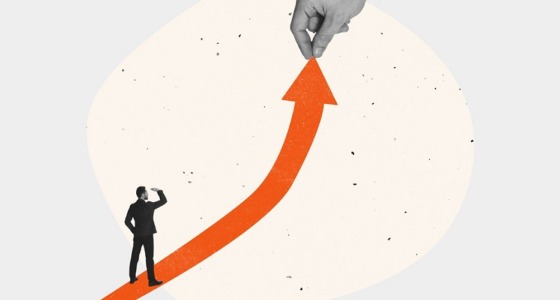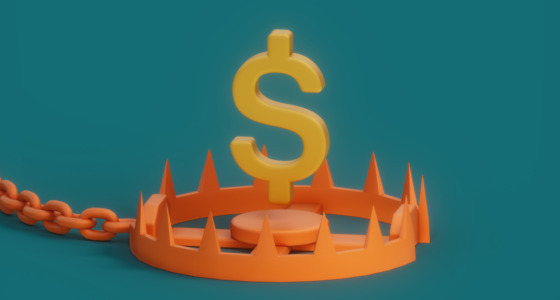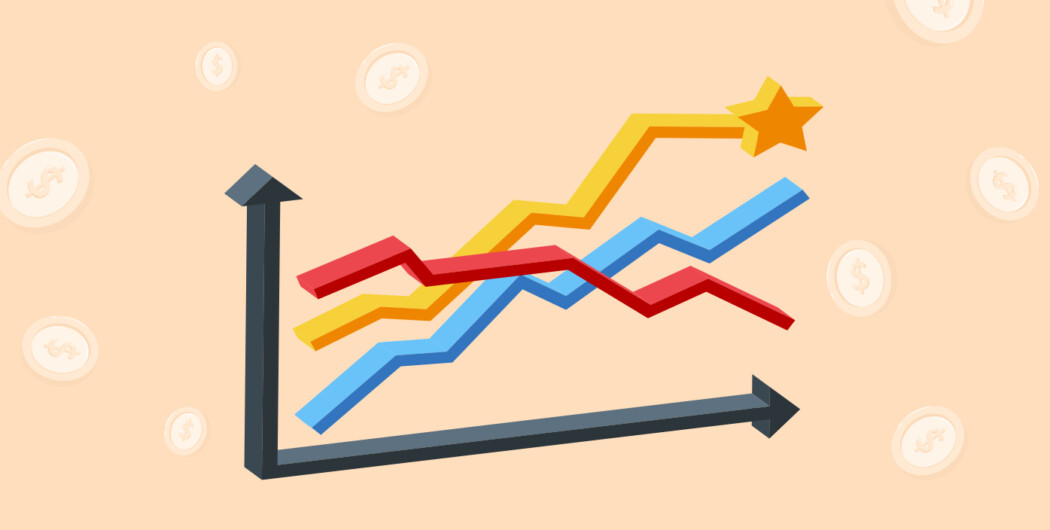

Many great dreams were made possible because someone refused to give up. A Cuban-American abstract, minimalist painter Carmen Herrera is one of those people. She didn’t sell any paintings at age 30, and even at age 80. After almost nine decades of painting, she was discovered at the age of 89 and sold her art for a good paycheck at the age of 102.
This story illustrates that success may not come instantly, but you have to persist. Is it true for the trading world? Many experts would agree. Trading success typically doesn’t take as long as Carmen Herrera’s, yet most traders give up within the first two years. Let’s explore why it happens and how to prevent this trap.
Why most traders quit early

As much as any trader would like to avoid losses and move straight into the “positive results” zone, you can’t get it on request. Some manage to make a profit quickly, some do not. But what really differentiates successful traders from unsuccessful is the mindset. If you believe that persistence pays off, you’re much more likely to make it in this industry.
Without a crystal ball, it’s hard to anticipate market movements. That alone is the reason to leave the market. Beginners see negative results caused by business activities or sudden international shocks and quit “before it’s too late.” Perhaps if they had the conviction to stay and used sound money management techniques, the results would’ve been different.
Reasons to stay in the market

One of the biggest challenges of being a trader is staying calm and put during transitory events. But there are good reasons to stay on the market even when investor sentiment slumps to pessimistic levels.
Missing the market comes with consequences
According to Russel Investments, “Generally, the best reaction is no reaction at all. Pulling out of the market when it is volatile can lock in losses and could lead to missing out on any subsequent rally.”
If you started your trading career during or just before a bear market, you might feel discouraged. But volatility breeds opportunity. You may not profit now, but you can always plant the seeds of potential long-term gains.
Balanced portfolios are robust
Balanced portfolios have historically produced positive returns. While the future doesn’t always resemble the past, the market seems to favor long-term investors with diversified portfolios.
Traders can’t deny the positive attributes of exposure to medium-risk assets in different markets. It’s as close to risk reduction as you can get. And when the tough times strike, one part of the portfolio will hold up against the weaker part.
There’s always something you can worry about
Are you worried that now is not a good time to trade or invest? Well, get used to the uncertainty. Traders have been through a lot of market downturns, which only confirmed the mantra of “this too shall pass.” In 2016, the cumulative total return of S&P 500 was 148%. During the global crisis of 2008 the index brought over 550%.
Worries and disappointment didn’t stop many traders from making gains during tough times.

Playing the long game
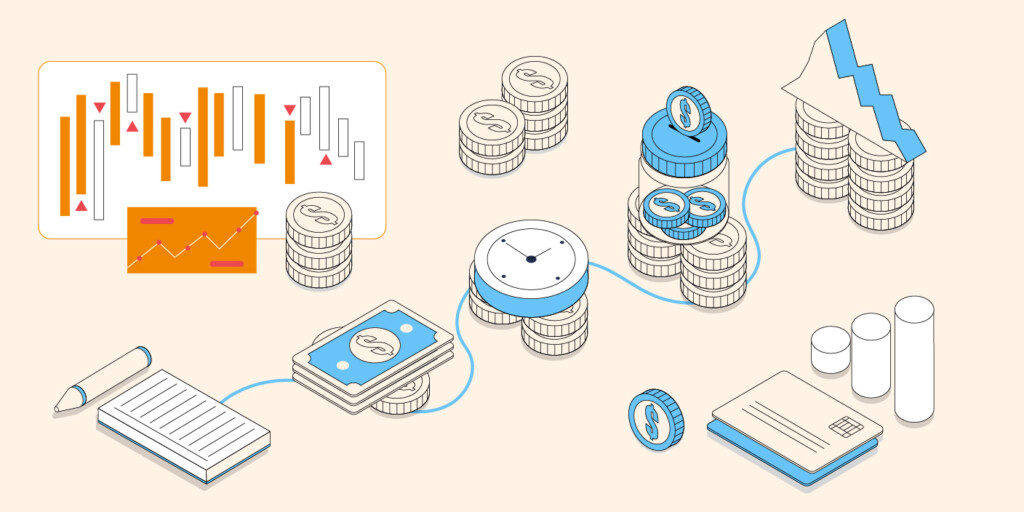
“Stay the course. Don’t let these changes in the market, even the big ones [like the financial crisis] … change your mind and never, never, never be in or out of the market. Always be in at a certain level,” said Jack Bogle, founder and chief executive of The Vanguard Group.
The bottom line is this: it takes time to tap into long-term growth and you should avoid the temptation to overreact. Financial markets draw the most attention on their best and worst days. And to make trading worth your while, you’ll have to stick it out through everything, the best and the worst.
Sources:
Look past the ‘misery’ and remember that the market will eventually recover, Jim Cramer says, CNBC
The case for (always) staying invested, J.P. Morgan
To Make Money in the Stock Market, Do Nothing, The New York Times



